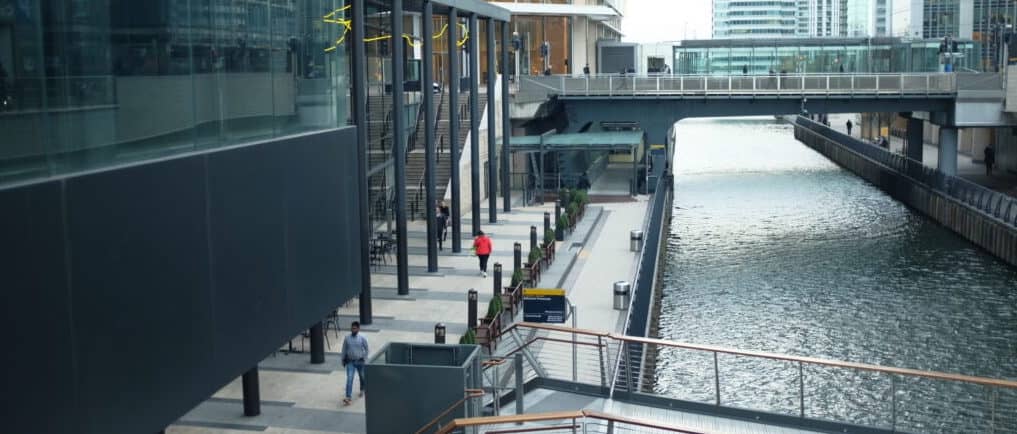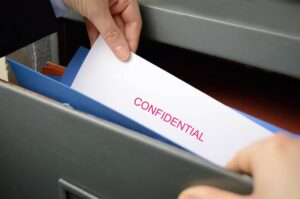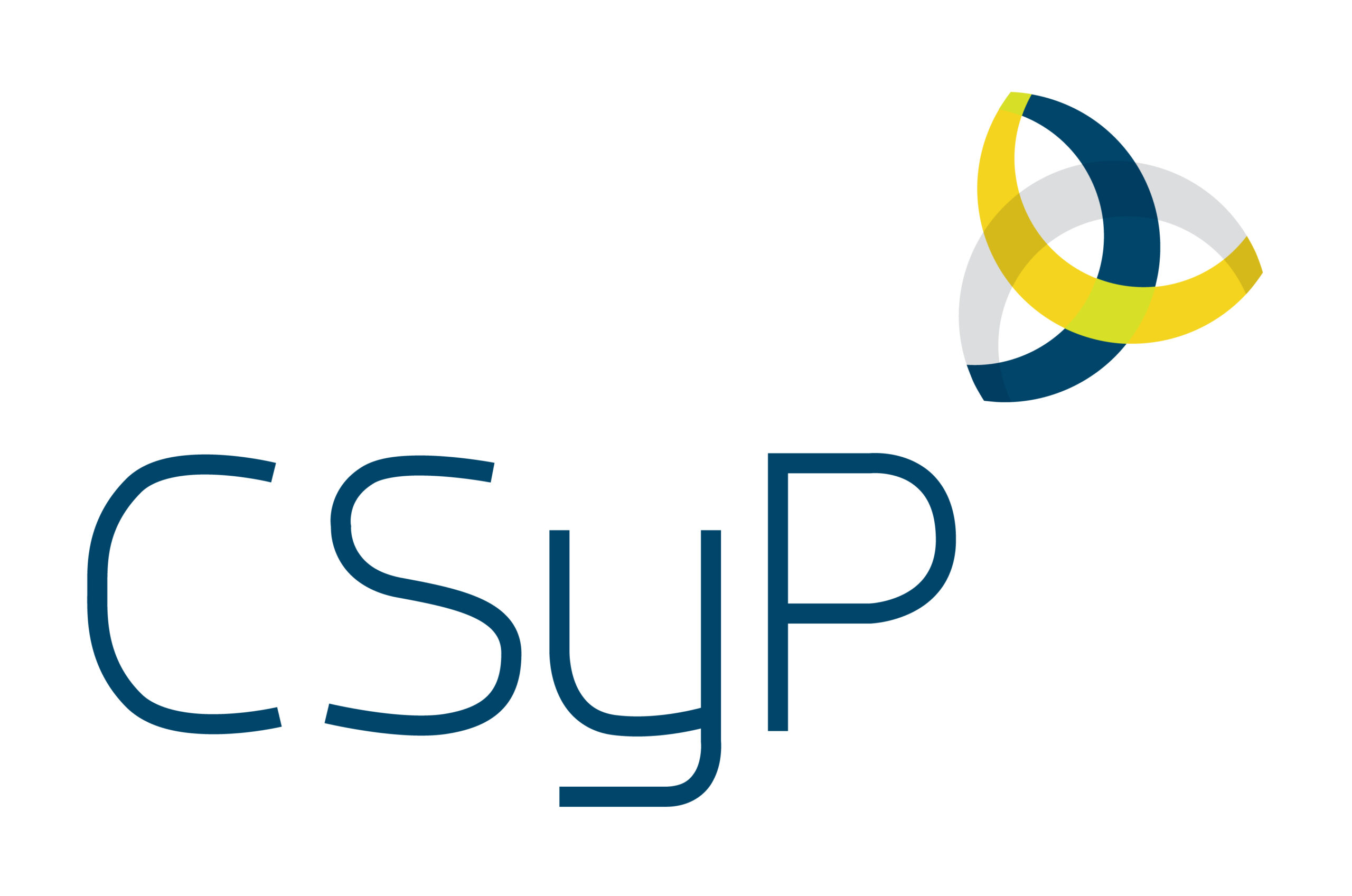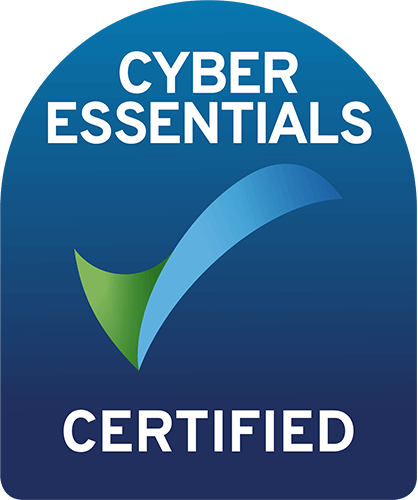Part One – The Start
Operating in the commercial world where the subject of surveillance is often related to matters such as civil litigation, problematic business deals, or a corporate investigation is very different from operating as part of a government, police or military team where the aim is likely to be related to counter terrorism or serious crime and the resources and team sizes considerably larger.
Although over the last few years Sloane Risk Group have been involved in some very in-depth and lengthy operations crossing more than one continent, the majority of our corporate investigations last from a matter of days to a few weeks.
Many clients come to us with corporate fraud problems where they are trying to trace a business debtor or someone who has cheated them financially. Sometimes the amount at stake is big enough to justify a large surveillance team however more often than not the client’s budget is a considerable restraint to the hours that can be spent on the surveillance part of an operation and dictates the size of the team.
A Surveillance team in these situations will often be formed of 4-6 operators. We have a duty of care to our operators as well as an aim to achieve results for our clients, we are therefore very unlikely to send out a single operator, firstly for their own health and safety and secondly because it severely limits what can be achieved. If one person is in a car and the subject exits a location and boards the underground the operator has a dilemma of being able to park for the necessary time period and still keep visual contact with the subject, if the operator is on foot it is just as likely that the person will move by car or taxi. If two operators are in one vehicle there is one that can jump out quickly and follow a subject in to shops, restaurants and on public transport therefore reducing the chances of a loss.
Before we agree to undertake an operation, we will determine if we have ground for surveillance, we will complete a data protection impact assessment (DPIA) and ensure that all information we collect complies with GDPR. We will ensure that all, of our operators are up to date with their Information Commissioners Office (ICO) registrations and their necessary insurances and qualifications are in date. We will also only undertake an operation if we are satisfied that the client has a legitimate interest and both parties are happy with the set objectives.
We always try to determine the subjects pattern of life (POL) before an investigation takes place, this will enable us to identify when the subject is active, how they move around, the type of vehicle they drive or are driven in, where it is parked and if their immediate route from their home or office takes them through multiple traffic light controlled junctions. We can then choose the hours of operation and the composition of our team carefully, for instance deciding how many operators we need to cover the exits that the subject may take, what sort of vehicles we need to use, if we need to use motorbikes, if more men or women on the team will be beneficial, and how they should dress to blend in to the subjects surroundings. Quite often this pre-planning will include in-depth Open Source Intelligence (OSINT) techniques, the most basic searches being related to mapping of the subject’s address, information from their social media interactions, their interests and the people and places that they visit.
On the day that surveillance commences we have to take in to account where we will be positioned to gain visual identification of our subject and then to follow them, we have to consider restrictions such as red routes and areas where traffic will build up causing large vehicles to block the view that we need. Our Operators could be in the same spot for many hours and they need to fit in to that location, to build a cover story, to be aware of attracting any 3rd party interest around them and to rotate the position between the team if necessary. This part of the job is for some the hardest, the operators need to remain alert and not become distracted whilst being ready to respond quickly at a moments notice.
When the subject is sighted the operator needs to remain calm, even the most experienced officers still get an adrenaline spike when a long awaited subject appears, it is vital for operators to control their actions, relay clear and concise information via the radio to the rest of the team, gain imagery of the subject and retain as much detail as possible, in a small team it may also be necessary to take notes for the operational log.
Once the subject starts to move the operators need to maintain excellent judgement and timing. If operating in Central London the team will need to remain very close to the subject as if they are held at one set of red lights they could suffer a loss and that could be the end of the follow. At the same time, they cannot be too close as they will risk compromising themselves especially if the subject is surveillance aware. It is very important that our clients are honest with us if they know the subject has been under surveillance before as this may have an impact on the subject’s awareness levels and may require a larger team and more frequent rotations.
We will consider using tracking devices to support an operation, our lead investigators are members of the Association of British Investigators (ABI) who strive to maintain high standards in an unregulated industry, they approve of tracking devices being used in support of an operation which we agree with as it makes the follow much safer for the operators who will not be tempted to violate traffic regulations or risk themselves to maintain control of the subject. Tracking devices are however only an aid, operators still need to have an excellent knowledge of the area in which they are operating, if the tracking device is slow to relay the location which is common the operators need to be able to respond to commentary from a callsign who will gain control of the subject, this commentary will state information such as where exactly where the subject is, what they are doing, how far from traffic lights, what lane they are in, what general direction they are heading in and any other information that will help the rest of the team maintain suitable timing and distance from the subject. If an operator knows the road names and the area, they are far more likely to be able to take alternative routes, get ahead if required and maintain the correct place in the follow. In an ideal world operators would be two up in a vehicle, this enables the passenger to direct the driver and someone is always ready for the foot moves however with a small team this is not always possible and it is quite normal for operators to have to navigate themselves, know where the subject is, give commentary and drive safely. This sort of ability takes years of training and experience and knowing the area of operations is a massive advantage. We frequently run training exercises to enable our operators to keep their skills up to date, test new equipment and to help integrate newer team members.
Further blogs will cover part 2 of a Surveillance operation “The follow” and part 3 “The end of the operation”
If you would like any further information regarding corporate surveillance, matrimonial surveillance, protective surveillance, anti and counter surveillance, physical penetration testing or black teaming, TSCM bug sweeps, close protection or staff security awareness training please contact us:
Email – info@sloaneriskgroup.co.uk
Web – www.sloaneriskgroup.co.uk
Phone – 0203 897 22 72









